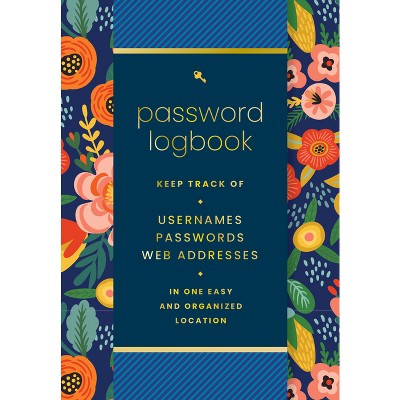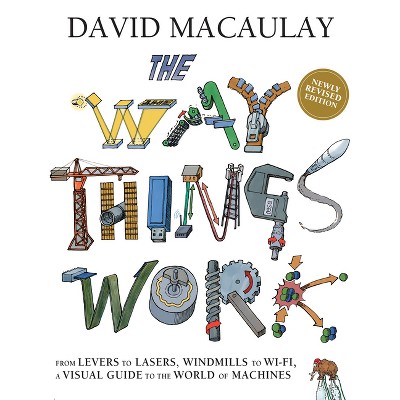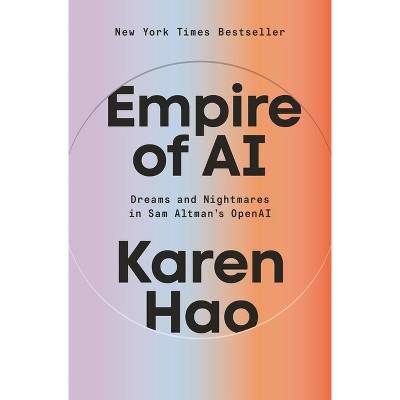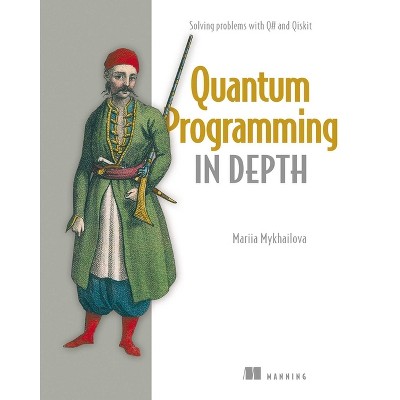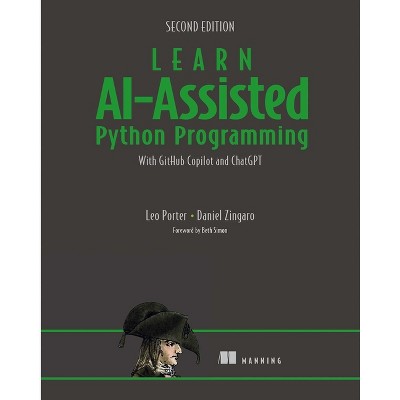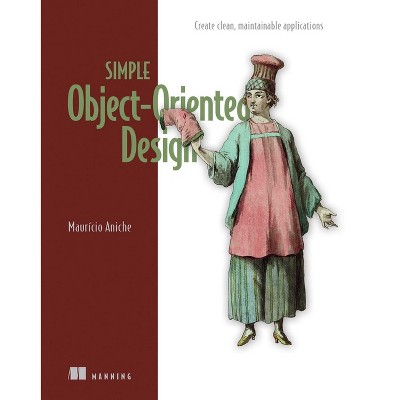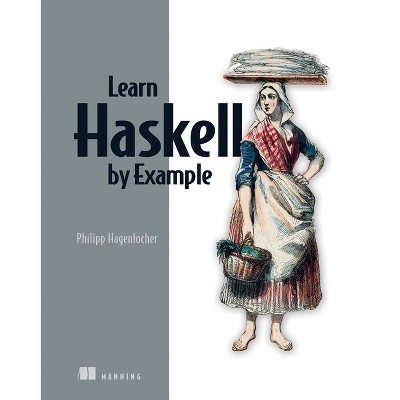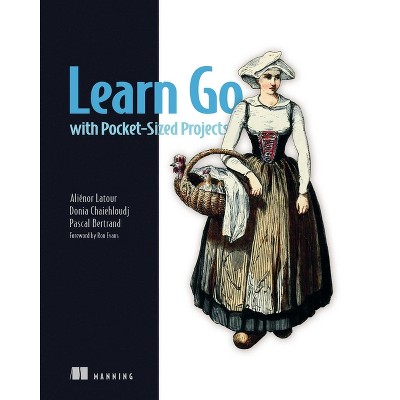Sponsored

Data-Oriented Programming - by Yehonathan Sharvit (Paperback)
In Stock
Sponsored
About this item
Highlights
- Eliminate the unavoidable complexity of object-oriented designs.
- About the Author: Yehonathan Sharvit has over twenty years experience as a software engineer, programming with C++, Java, Ruby, JavaScript, Clojure and ClojureScript.
- 424 Pages
- Computers + Internet, Programming
Description
About the Book
Eliminate the unavoidable complexity of object-oriented designs. Using the persistent data structures built into most modern programming languages, Data-oriented programming cleanly separates code and data, which simplifies state management and eases concurrency.
In Data-Oriented Programming you will learn how to:
- Separate code from data
- Effectively manage state using immutable data
- Represent data with generic data structures
- Manipulate data with general-purpose functions
- Control concurrency in highly scalable systems
- Specify the shape of your data
- Benefit from polymorphism without objects
- Debug programs without a debugger
- Distinguish data-oriented programming from functional and OO programming
Data-Oriented Programming teaches you to design applications using the data-oriented paradigm. These powerful new ideas are presented through conversations, code snippets, diagrams, and even songs to help you quickly grok what's great about DOP. You'll learn to write DOP code that can be implemented in languages like JavaScript, Ruby, Python, Clojure and also in traditional OO languages like Java or C#.
Book Synopsis
Eliminate the unavoidable complexity of object-oriented designs. The innovative data-oriented programming paradigm makes your systems less complex by making it simpler to access and manipulate data. In Data-Oriented Programming you will learn how to: Separate code from dataRepresent data with generic data structures
Manipulate data with general-purpose functions
Manage state without mutating data
Control concurrency in highly scalable systems
Write data-oriented unit tests
Specify the shape of your data
Benefit from polymorphism without objects
Debug programs without a debugger Data-Oriented Programming is a one-of-a-kind guide that introduces the data-oriented paradigm. This groundbreaking approach represents data with generic immutable data structures. It simplifies state management, eases concurrency, and does away with the common problems you'll find in object-oriented code. The book presents powerful new ideas through conversations, code snippets, and diagrams that help you quickly grok what's great about DOP. Best of all, the paradigm is language-agnostic--you'll learn to write DOP code that can be implemented in JavaScript, Ruby, Python, Clojure, and also in traditional OO languages like Java or C#. Forewords by Michael T. Nygard and Ryan Singer. Purchase of the print book includes a free eBook in PDF, Kindle, and ePub formats from Manning Publications. About the technology
Code that combines behavior and data, as is common in object-oriented designs, can introduce almost unmanageable complexity for state management. The Data-oriented programming (DOP) paradigm simplifies state management by holding application data in immutable generic data structures and then performing calculations using non-mutating general-purpose functions. Your applications are free of state-related bugs and your code is easier to understand and maintain. About the book
Data-Oriented Programming teaches you to design software using the groundbreaking data-oriented paradigm. You'll put DOP into action to design data models for business entities and implement a library management system that manages state without data mutation. The numerous diagrams, intuitive mind maps, and a unique conversational approach all help you get your head around these exciting new ideas. Every chapter has a lightbulb moment that will change the way you think about programming. What's inside Separate code from data
Represent data with generic data structures
Manage state without mutating data
Control concurrency in highly scalable systems
Write data-oriented unit tests
Specify the shape of your data About the reader
For programmers who have experience with a high-level programming language like JavaScript, Java, Python, C#, Clojure, or Ruby. About the author
Yehonathan Sharvit has over twenty years of experience as a software engineer. He blogs, speaks at conferences, and leads Data-Oriented Programming workshops around the world. Table of Contents
PART 1 FLEXIBILITY
1 Complexity of object-oriented programming
2 Separation between code and data
3 Basic data manipulation
4 State management
5 Basic concurrency control
6 Unit tests
PART 2 SCALABILITY
7 Basic data validation
8 Advanced concurrency control
9 Persistent data structures
10 Database operations
11 Web services
PART 3 MAINTAINABILITY
12 Advanced data validation
13 Polymorphism
14 Advanced data manipulation
15 Debugging
From the Back Cover
Data-Oriented Programming teaches you to design and implement software using the data-oriented programming paradigm. In it, you'll learn author Yehonathan Sharvit's unique approach to DOP that he has developed over a decade of experience.
Every chapter contains a new light bulb moment that will change the way you think about programming. As you read, you'll build a library management system using the DOP paradigm. You'll design data models for business entities, manipulate immutable data collections, and write unit tests for data-oriented systems.
Review Quotes
"Insightful. Nicely illustrates the limits of OOP in managing the complexity of developing software. Explains how focusing on the data can simplify solving certain problems." Gregor Rayman
"This is a great guide to using Data-Oriented Programming to improve any new or existing OOP codebase." William E. Wheeler
"An interesting read--a different approach that's worth examining and considering. It'll open your mind." Anne Epstein
"Read this through if you want to learn a different point of view and want to experience many 'aha!' moments." Christian Kreutzer-Beck
"Follows a very novel approach to introduce DOP concepts. Must read it if you want to rescue yourself from OOP." Kelum Prabath Senanayake
About the Author
Yehonathan Sharvit has over twenty years experience as a software engineer, programming with C++, Java, Ruby, JavaScript, Clojure and ClojureScript. He currently works as a software architect at Cycognito building software infrastructures for high scale data pipelines. He writes about software engineering at his blog, speaks at conferences, and leads Clojure workshops around the world.Shipping details
Return details
Trending Computers & Technology Books
